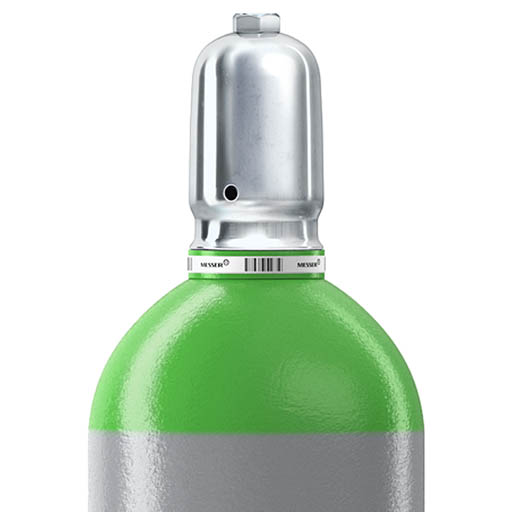PROCESS DESCRIPTION
The aim of coating construction components is to create surface properties that the base material does not have. Important characteristics include:
- Corrosion resistance
- Wear resistance
- Thermal or electrical resistance or conductivity
- Optical properties
Often it is metals that are coated. Here methods are used whose principles of operation are known from joining technology, such as:
- Soldering
- Electric arc welding
- Shield gas welding,
- Plasma-powder welding
For heat sensitive or non-metallic components special processes have been developed, such as:
- Thermal spraying
- Vacuum-coating
- Electro- or immersion bath-galvanisation
- Chrome plating

